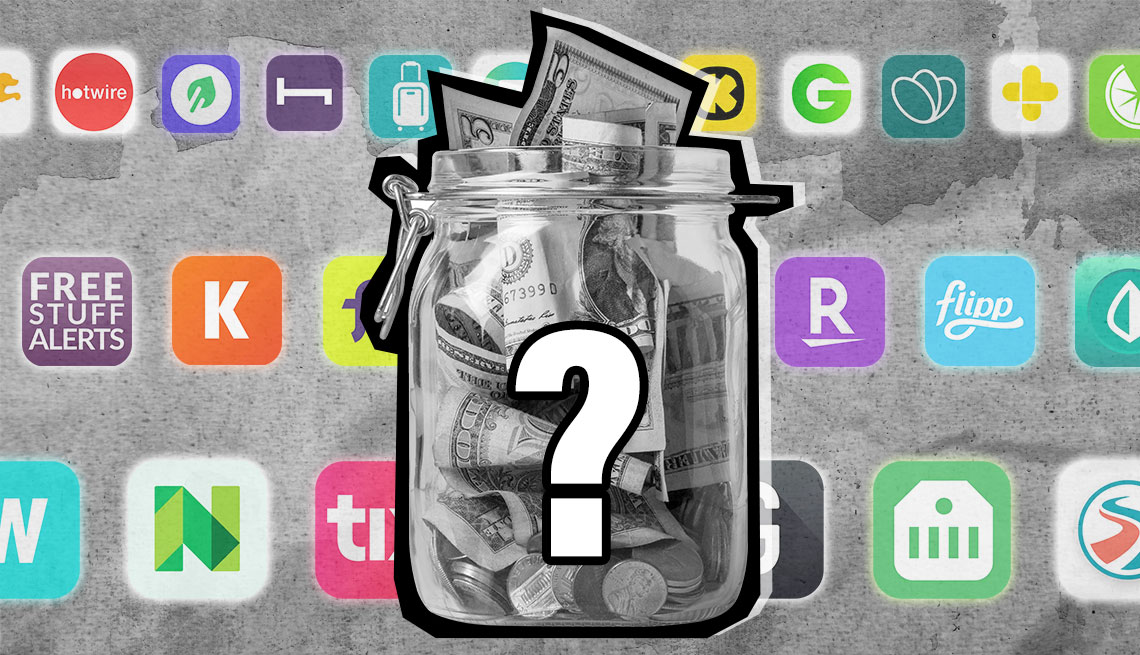
5 ways free apps make money off you and your data
- Select a language for the TTS:
- UK English Female
- UK English Male
- US English Female
- US English Male
- Australian Female
- Australian Male
- Language selected: (auto detect) - EN
Play all audios:
“You get what you pay for” takes on fresh meaning when you download free apps to your smartphone. As of July 2023, nearly 97 percent of Android apps in the Google Play Store were available
for free, according to 42Matters, a Swiss app intelligence firm. About 85 percent of the iOS apps in the Apple App Store are also free, Apple says. You can put the software on your phone at
no cost, but the concept of _gratis_ can be stretched only so far. Companies don’t give away the store for benign reasons. They have bills to pay and need to generate a profit. The ways that
developers monetize their products vary, and if you want a free app to perform at its best, you’ll have to surrender some loot to get what you want. Put another way, the price of free
begets trade-offs. 1. ADVERTISING POPS UP WHEN YOU LEAST EXPECT IT Advertisers often pick up the tab when you’re using an app for free, and you may see the results even when you’re not
engaging with that app. You may see display ads appear on your home screen. And advertisements may come from an app’s developer or through cross promotions with marketing partners. 2. BEYOND
THE BASICS COMES AT A COST If an app carries an “in-app purchases” designation next to its listing in the App Store or Google, it’s one of a legion of freemium applications. If you’re a
video game player, you may have become frustrated with games that are free to try or free at some very basic level. Freemium apps for services work the same way: You must fork over cash to
tap into advanced features, custom experiences, premium content or an ad-free experience. Freemium can take different forms: * SUBSCRIPTION. Your participation generates recurring income for
the developer, often monthly or annually but potentially weekly, quarterly or under some other time frame. Some freemium apps allow a limited trial period before you must shell out money.
Most subscriptions renew automatically unless you actively cancel them, according to Apple. If you don’t want the fee forever, set a calendar reminder for a week or so before the renewal
date, so your cancellation can process in time for you not to be charged. And, yes, there are apps to help you cancel. * ONE-TIME PURCHASE. Sometimes only a single payment is required to
access pro or premium features or to remove ads. This may be referred to as a nonconsumable in-app purchase. * SALE OF DIGITAL GOODS. Under this scenario, you pay for stuff inside an app as
needed. For example, in a game, you might purchase digital goods or currency to dress up virtual characters or add bonus levels. 3. SHOPPING FOR STUFF IS PART OF THE EXPERIENCE Yes,
sometimes apps that are free to download double as storefronts where you can purchase physical real world items and services. These include travel apps such as Expedia or Orbitz and fashion
resale apps such as Poshmark, The RealReal and thredUP.